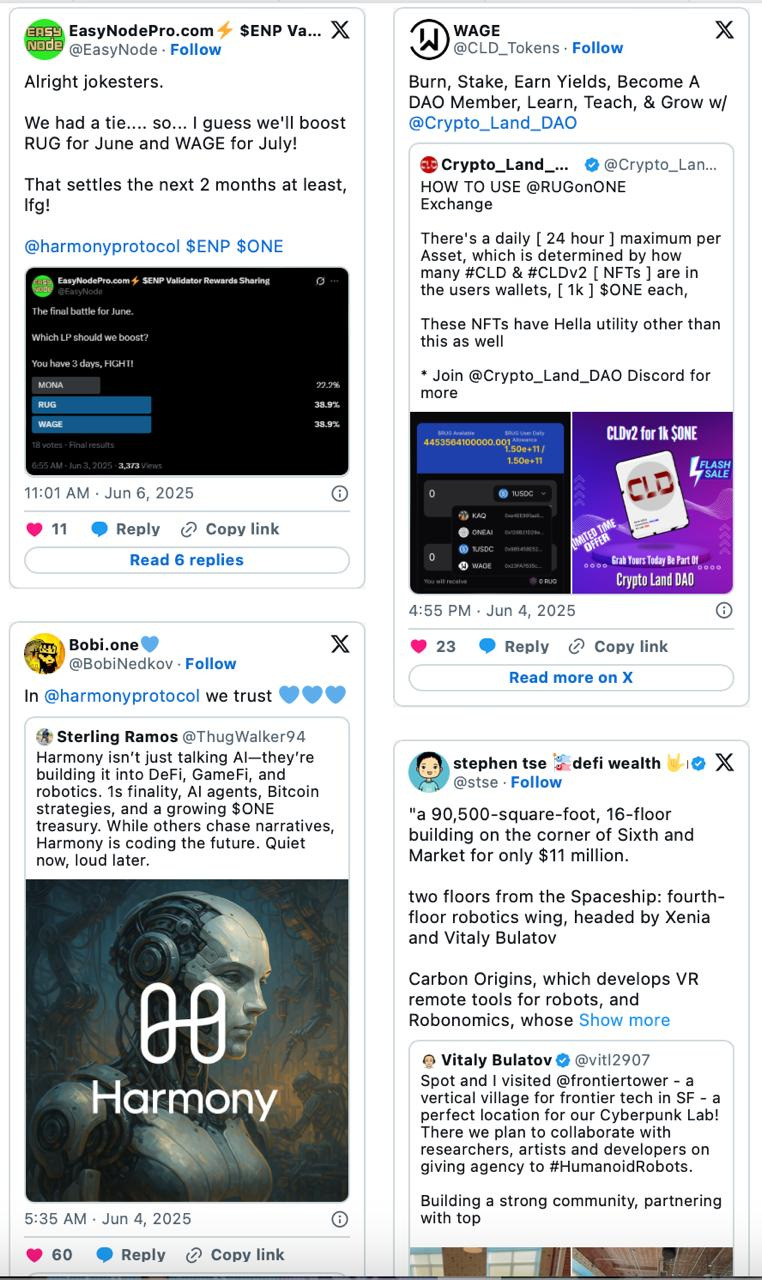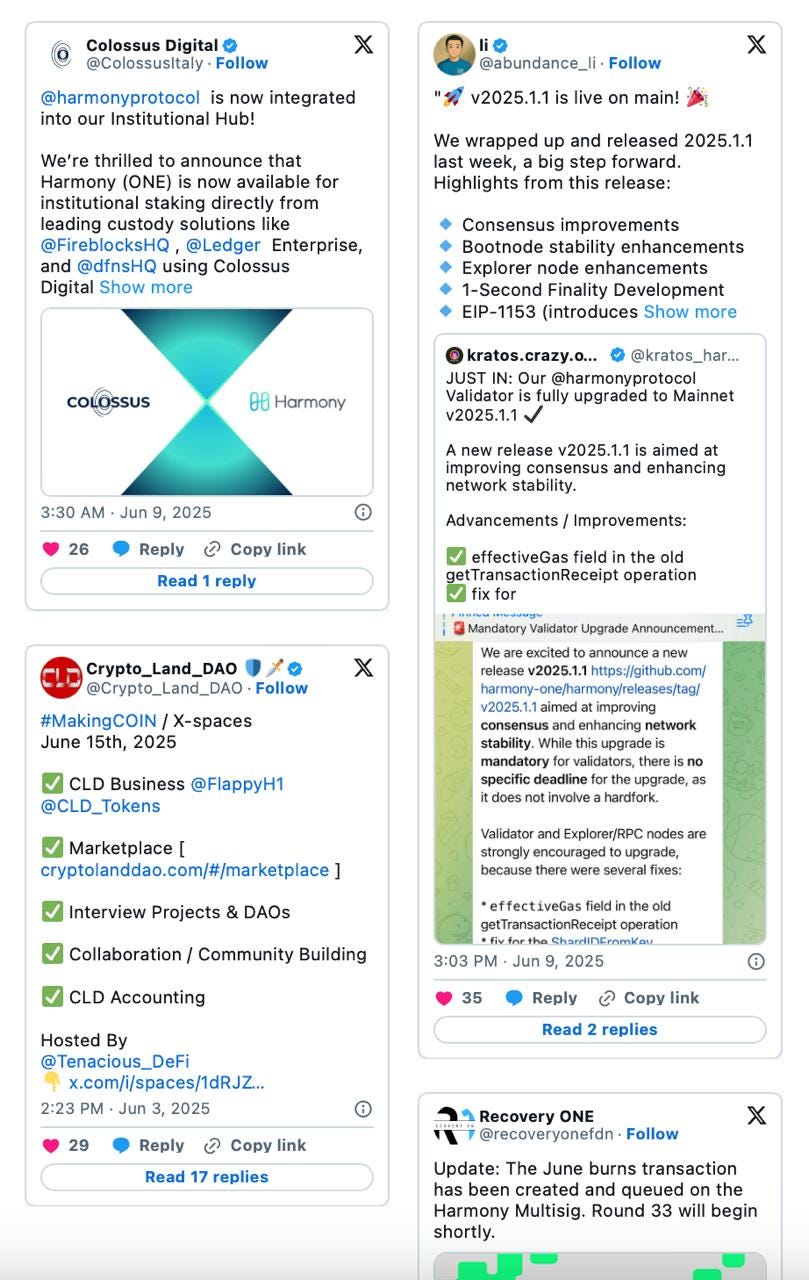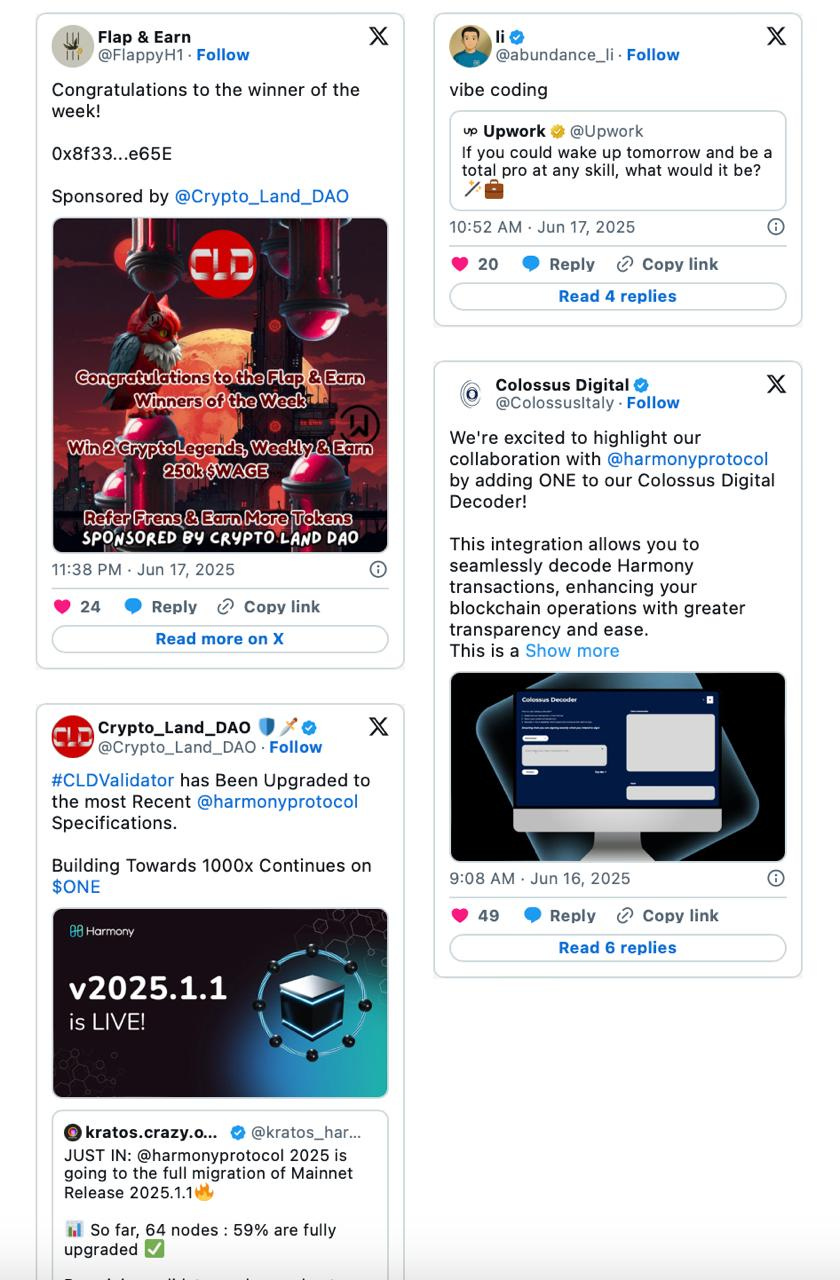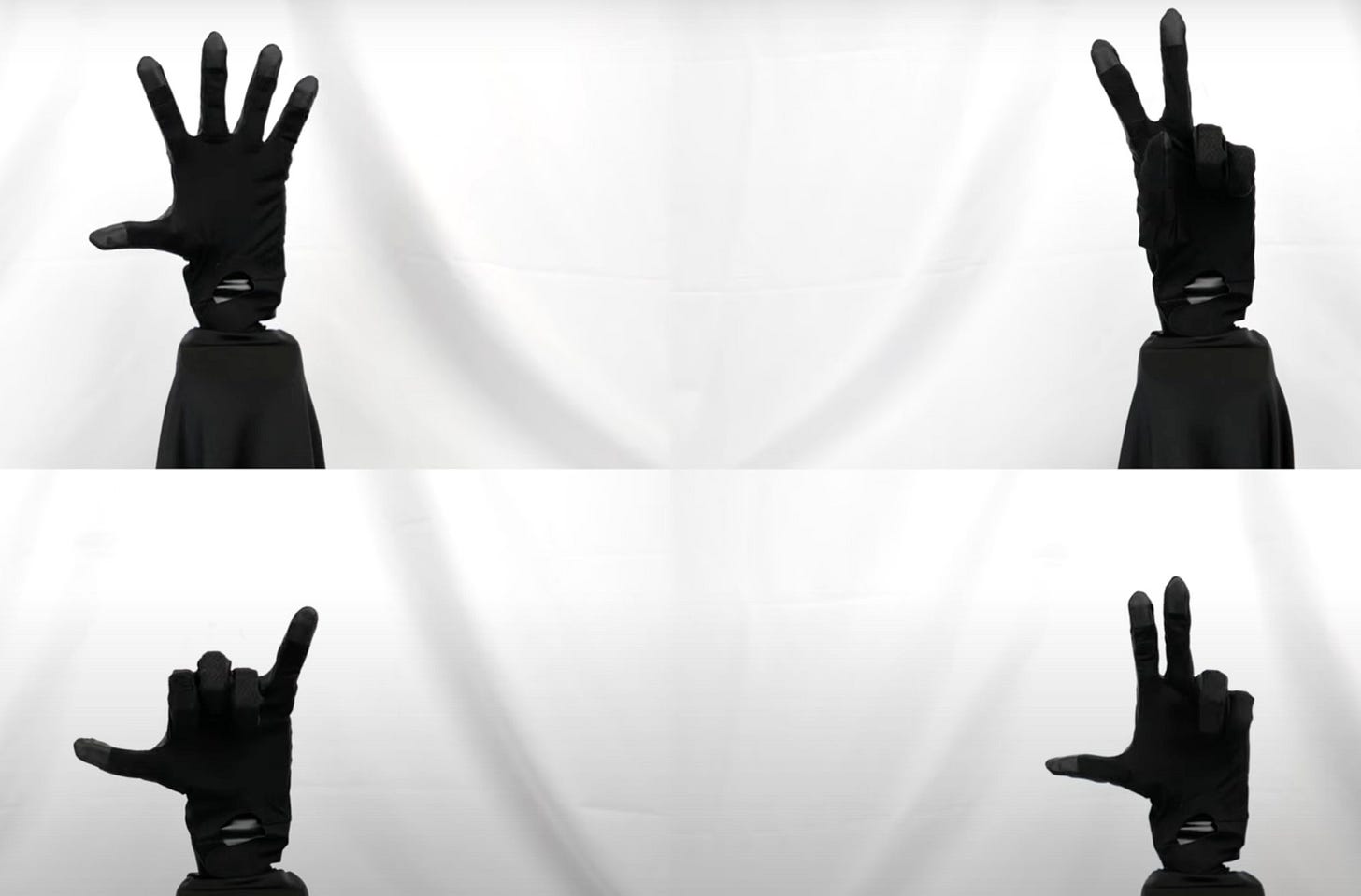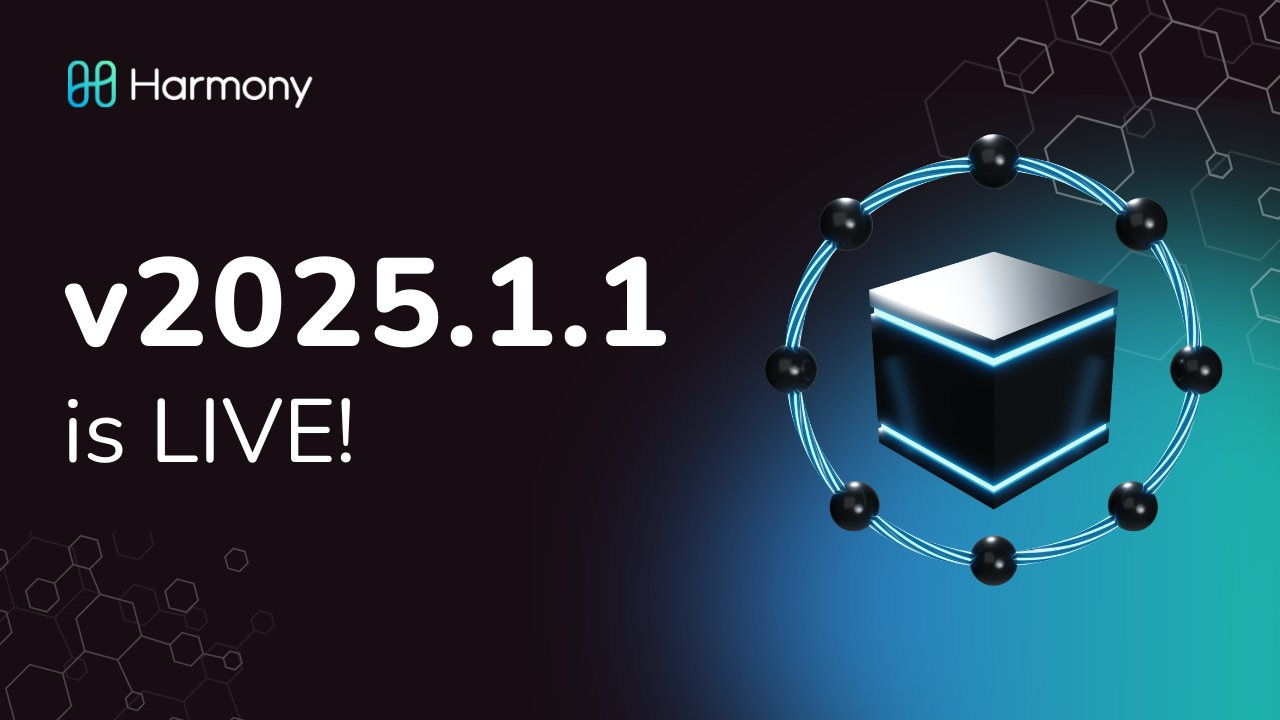Q2 2025: View-Change & Validator Uptime Upgrade🤝, Bitcoin Yield Hedging 🦔, Robot Fingers 5.country 🤘
In June 2025, the team shipped the v2025.1.1 mainnet upgrade, advanced BTC LP hedging and cross-protocol strategies, and deployed SnapshotX governance tooling. Every week brought improvements in trading automation, validator coordination, and DeFi analytics.
On the community side, we launched an integration with Colossus Digital, strengthened DAO partnerships, and announced 5.country—our new project building robots for human touch, blending digital intelligence with the physical world.
Week of June 1st
In the first week of June, the team advanced BTC LP strategy backtesting with integrated historical data from Uniswap and Hyperliquid, added Sepolia support for gas-free simulations, and optimized scripts for accurate risk analysis. Zodiac’s defi-kit was extended and debugged for seamless operations across Shadow, Sonic, and Aerodrome, while Multicall unwrapper deployment and Gnosis module evaluations enhanced position management capabilities. Additionally there was a focus on refining Aerodrome LP risk parameters, improving frontend testing tools, and leading Cursor sessions to boost dev efficiency.
On the community side, EasyNodePro announced validator reward boosts for RUG and WAGE over the next two months, and Crypto_Land_DAO promoted their NFT-powered utility on RUGonONE.
Top 3 Team Progress
Aaron: I extended and debugged the Zodiac defi-kit for operations across Shadow, Sonic, and Aerodrome, including end-to-end testing, role setup, and Multicall unwrapper deployment. I also collected historical data for BTC strategy backtesting, fixed dot-country domain issues, and evaluated Gnosis modules for streamlined position management.:
Artem: I advanced BTC LP strategy backtesting by integrating historical data from Uniswap and Hyperliquid, optimizing scripts, and adding Sepolia support for gas-free testing. I also reviewed and merged multiple pull requests, including refactored backtesting logic, funding rate history, and new LP methods, while refining our overall backtest framework.
Theo: I advanced BTC yield product development by refining Aerodrome LP risk parameters, adding frontend tools for testing, and analyzing position data to optimize APR and impermanent loss outcomes. I also led Cursor tooling sessions, explored MCP integrations for 10x dev efficiency, and troubleshooted wallet connection and strategy execution flows.
Week of June 8th
We successfully deployed v2025.1.1 to mainnet, delivering major improvements to consensus, bootnode stability, P2P networking, and observability. Development pushed forward on BTC LP and S/BTC strategy tooling—integrating live price triggers, refining Aerodrome backtesting, and adding Portfolio Manager support. Zodiac defi-kit enhancements, validator uptime proposals, and EVM precompiled contract updates further strengthened the platform. On the creative front, the team expanded marketing efforts with animated intros for progress shorts, new podcast content, and community threads.
The community celebrated Harmony’s integration with Colossus Digital for institutional staking, widespread adoption of v2025.1.1, and continued collaboration through DAOs and validator upgrades. Crypto_Land_DAO promoted their X-space, while Recovery ONE shared updates on Harmony burn transactions.
Top 3 Team Progress
Gheis: We successfully merged and released v2025.1.1 to mainnet—a major milestone that improved consensus, bootnode stability, P2P communication, observability, logging, resource usage, and more. I also delivered two key PRs: one added a configurable DHT bootstrap timeout for better peer discovery and cleaner stream manager logic; the other prioritized trusted peers in stream management to strengthen connectivity and resilience during network disruptions.
Frank: I built and refined Aerodrome LP backtesting tools, integrating on-chain contract data and subgraph metrics to identify and correct unrealistic APRs caused by misinterpreted fee data and price range dynamics. I also added key Aerodrome service methods, began Portfolio Manager integration, and enhanced Uniswap LP position handling for more accurate analytics.
Konstantin: I completed the EVM 1.9 update. I refactored the precompiled contract handling by removing hardcoded logic and extending Ethereum interfaces to support additional parameters, such as EVM and Contract.
I created an issue proposing a new algorithm for calculating validator uptime. The current approach only accounts for signing power, while the new method will also consider blocks produced by validators. I reviewed, approved and merged several pull requests into dev branch.
Week of June 15th
This week, the team refined BTC LP and S/BTC trading logic with improved hedge adjustments, position monitoring, and fee tracking, while advancing Aerodrome + Hyperliquid backtesting integrations. Frank and Artem resolved APR calculation issues and validated backtest logic against real pool data, achieving APRs aligned with UI benchmarks. Work continued on validator coordination, SnapshotX governance tools, and DeltaHedge CLI specs, while marketing efforts delivered new progress videos, Q2 write-ups, and animated content.
Crypto_Land_DAO announced validator upgrades and FlappyH1 weekly winners while Colossus Digital highlighted new integrations for decoding Harmony transactions. Validators continued upgrading to v2025.1.1 as community builders and DAOs pushed forward with ecosystem initiatives.
Top 3 Team Progress
Aaron: Advanced BTC LP and S/BTC trading logic with live price tracking, verified trade execution on Hyperliquid, and key hedge logic improvements—marking a milestone with limit pair trade functionality not yet available on
existing protocols.
Frank: Resolved unrealistic APR calculations in Aerodrome backtests by aligning fee and liquidity range logic with actual pool mechanics, and added key Aerodrome service methods to support Portfolio Manager integration.
Rikako: Focused on debugging and testing options trading flows, including Derive order placement and API authentication, while researching alternative DeFi platforms.
Week of June 22nd
In the final week of June, Yuriy deployed SnapshotX contracts on Harmony, added Harmony support to the frontend and indexer, and set up the demo environment for creating new spaces with validator voting strategies. Artem continued refining the BTC LP + futures hedging strategy, improving APR tracking, LP rebalancing logic, and performance at larger position sizes, while maintaining APR above 32%. Alaina prepped the Q2 newsletter, created new graphics for 5.country, and promoted FlappyH1, alongside drafting threads and progress summaries to highlight the team’s achievements.
On the community side, momentum grew around SnapshotX, with Crypto_Land_DAO and Recovery ONE rallying support for governance on Harmony. UtilityDAO proposed becoming an official Recovery Partner to aid the ecosystem’s recovery efforts.
Top 3 Team Progress
Artem: Kept BTC LP + Hyperliquid hedging APR above 32% while scaling LP size. Improved rebalancing, position closing, and integrated APR tracking with fee and PnL metrics.
Yuriy: Deployed SnapshotX contracts and added Harmony support to the frontend, indexer, and demo. Advanced validator voting strategies using on-chain whitelist extensions.
Alaina: Prepped the Q2 newsletter, created 5.country graphics, and promoted FlappyH1. Published threads and social content highlighting team progress.
Introducing 5.country 🤘
We are building general-purpose robots for human touch. Our 2025 focus is 24-degree fingers with 1-μm neuromorphic sensors for table-top games and sports training. Most robots avoid skin contact, while we know fingers are the most versatile and generalizable interface. Machine for intelligence is already achieved digitally, yet we crave for experiences in the physical world – from boosting athletic performance and extending youthful agility to the simple warmth of a firm handshake.
“BaskiBot” in three stages: Roomba-track Push (to track and move ball towards player like Tennisbot), Net-catch Pump (to collect and shoot like NBA’s Automated Basketball Engine), One-hand Rebound (to instant-pass with finger like Tesla’s Optimus).
Physical interactions: Humans are already maximally glued to screens, painfully contorted over keyboards, out-gamed in brains… avoiding even digital experience with a perfect voice or immersive graphics. Let’s touch atoms and feel motions again!
Robot fingers: Machines are advancing everywhere for specific tasks, but not a single dexterous hardware to manipulate everything yet – like computer chips, these universal actuation units are the most valuable and soon indistinguishable from biological digits.
Experience replays: Coding is Turing complete, data train neural networks, rewards solve reinforcement learning... however, all actions can bootstrap from zero designs but generalize via interactive plays – with no data, no models, and no gaps!
Open platform: Off-the-shelf preassembled hardware with learning-while-running neural software scale to 100k deploys, at $10k cost and 99.9% uptime, but only hours of fine-tuning for new tasks across domains like retail stores, experiment labs, or consumer households.
Active lifestyle: Sustaining healthspan takes muscle building for performance and stretching massage for recovery; what are in common for humanoids, as partners or coaches, to help rebounding basketball shoots, sparring boxing matches, rallying badminton birdies
We taught machines to think
Now it's time they learn to touch
Not more pixels, but fingers that feel
Some problems are solved through contact, not code.
Q2 Team Progress
In Q2, we shipped the v2025.1.1 mainnet release—delivering major upgrades to consensus, P2P networking, and stream sync reliability. Validator coordination led to 70% adoption and zero view changes across shards, while new monitoring dashboards and enhanced dev tools like pyhmy strengthened observability and testing. We also resolved critical issues across devnet and testnet, aligning them with mainnet standards. Beyond core protocol work, we announced 5.country—a new initiative to build general-purpose robots for human touch, bridging digital intelligence with physical interaction.
Protocol & Platform
⛓️Konstantin Potapov
During Q2 2025, I upgraded the Harmony codebase to include Ethereum Berlin and London updates. I focused on improving Harmony’s P2P consensus, EVM execution, gas calculation, and precompiled contract infrastructure.
I launched a new release that completely removed redundant view-change logic, eliminated overhead from the heavily used getLogger method, redesigned the validator uptime calculation to account for mined blocks, and improved localnet testing to be more portable across platforms.
♏️Gheis Mohammadi
In Q2 2025, we successfully finalized and deployed the 2025.1.1 Harmony release to mainnet, marking a major milestone. This release brought critical improvements to consensus, bootnode stability, and the P2P layer, alongside better logging, reduced resource usage, and various bug fixes. Ahead of the mainnet rollout, we carefully tested the new muxer configuration on testnet using a hybrid approach across bootnodes, ensuring smooth integration and reliable peer connectivity under realistic conditions.
Beyond the release, I focused on hardening P2P networking by addressing gater conflicts, disabling unnecessary libp2p resource managers, and replacing legacy muxers with modern defaults. Stream management also received significant upgrades: trusted peer handling, concurrency fixes, lifecycle tracking, and improved observability made the system more robust and debuggable.
Toward the end of the quarter, I doubled down on staged stream sync improvements. Key efforts included simplifying the sync flow, adopting a pull-based worker model, fixing concurrency bugs, improving failure recovery, and tuning lifecycle monitoring. With these upgrades, we rolled out stream sync to all devnet nodes, which remained almost stable and fully synced, bringing us closer to production-ready stream syncing across the network.
🤲Ulad Muraveika
This quarter, my work spanned multiple areas of the Harmony ecosystem and delivered tangible results.
I focused on coordinating the validator community around the v2025.1.1 release, improving consensus stability, and strengthening observability and testing infrastructure. Through active outreach, I engaged large validators and supported their upgrade efforts. As a result, overall adoption of the release reached 70% — 79% on shard 0 and 65% on shard 1 — directly contributing to a major milestone: zero view changes across both shards post-upgrade.
On the testing front, I enhanced the pyhmy Jupyter notebook by adding examples of self-signed staking and transfer transactions. These updates were merged and integrated into CI, making it easier to write and test transactions in RPC and Python environments.
For observability, I upgraded our internal monitoring stack by deploying the latest long-term support version of Nginx and updating the VTS module, enabling detailed tracking of HTTP response codes for RPC traffic. I also built new Grafana dashboards that visualize view changes via Loki logs, block production trends per shard, and node version distributions. These are now actively used to detect slow leaders and version fragmentation in real time.
On the support side, I helped resolve a performance issue on shard 1 caused by a low-performing validator. After coordinating with the validator and community, the node was upgraded and shard performance returned to normal.
Earlier in the quarter, I also resolved a routing issue on Contabo-hosted devnet/testnet nodes, where extra internal routes caused communication inconsistencies. Fixing this brought testnet behavior in line with mainnet expectations.
Throughout the quarter, I contributed to validator coordination, protocol testing (including DisablePrivateIPScan), and improvements to developer tools and CI workflows — all contributing to a more stable, observable, and upgrade-ready Harmony network.
v2025.1.1 is live on mainnet! This release brings:
Consensus & P2P upgrades
Bootnode & explorer stability
1s finality dev
EIP-1153 (transient storage)
Gas, logging, & resource optimizations
Stream sync progress & critical fixes On to the next
Product & Tools
🌻Yuriy Menkov
In Q2, I worked on the development of Shadow/Aerodrome position stats tracker scripts, as well as advanced analytics and research on yield strategies. I collected and analyzed extensive statistics across USD and BTC pools (Aerodrome, Beefy, SwapX, Shadow, Spectra). I developed multiple scripts to calculate APR, impermanent loss, and time-in-range per wallet, and built datasets with over 50,000 positions. I exported and organized raw data from subgraphs and contract events, and grouped LP strategies by parameters (cutoff, buffer, rebalancing gap), including VFAT and Ichi Vaults. I also worked on Shadow and VFAT strategy tracking services and launched shadow-pool-analytics, featuring real-time wallet stats and APIs. Additionally, I built backend tools (NestJS + Swagger) for LP tracking and rebalancing analysis.
I estimated APR sources for high-yield Aerodrome pools (cbBTC/USDC, cbBTC/WETH) and separated APR components—trading fees and staking rewards—based on contract events. I created an API to track pool shares and dynamic yields. Together with Theo and Artem, I explored delta-neutral BTC strategies and initiated integration plans with Hyperliquid perps, including a CLI MVP spec.
On bridging improvements, I resolved stuck assets and redeployed contracts (e.g., $AXS, USDC.e) for Unify Bridge. I also researched BSC RPCs and began debugging the LayerZero V2 universal bridge with dynamic token mapping.
🚎Artem Kolodko
In Q2, I worked on the design and development of Uniswap BTC LP strategy with impermanent loss hedging. I performed advanced analytics on DeFi stablecoin pools, emphasizing security, high yields, and verified performance. I developed and tested a suite of scripts in the "shadow-scraper" repository to assess the performance of Euler USDC pools, Pendle PT and LP markets, Shadow CL USDC, Silo Finance, and Beefy. I completed detailed analytics and compiled comprehensive statistics on the top five stablecoin pools for investment opportunities.
I researched a BTC LP trading strategy, analyzing impermanent loss in BTC investments and utilizing Hyperliquid futures positions as a hedge. I created a backtesting script and a prototype for implementing this trading strategy.
I led a team of two developers working on DeFi pool analytics and BTC LP strategy implementation. I participated in daily meetings, reviewed pull requests, and assigned tasks to ensure the team met project goals on schedule.
🧙Frank Egloff
In Q2 2025, I worked on the development of Beefy protocol portfolio tracker scripts, developed DeFi analytics infrastructure for multi-protocol yield tracking and APR calculations across the Sonic ecosystem. I built and deployed the Pendle/Sonic subgraph with RedeemRewards event tracking and entity handlers for PT/YT reward discrimination. Tracking scripts were created for Aave, Beefy, Equilibria, Silo, and Magpie protocols, establishing APR calculation methodologies that matched UI displays. I implemented Balancer v2/v3 yield calculations for Beets tracker, integrating ERC4626RateProvider contracts to handle BEETS rewards and yield-bearing token appreciation.
I completed Uniswap V3 LP backtesting showing 36.18% APR over 1-year historical periods and refactored the Uniswap LP service to use contract calls, eliminating subgraph dependencies to enable mainnet to Sepolia support for backtesting scripts. Full price range backtesting was completed for Aerodrome protocol, achieving APR values close to the User Interface amounts. Cross-protocol backtesting capabilities were advanced by building integrated systems combining Aerodrome LP positions with Hyperliquid perpetual hedging strategies. I fixed funding calculation logic for SHORT positions, resolving negative APR issues where positive funding rates generate income for shorts in bullish markets, and implemented Aaron's BTC LP strategy with dynamic hedge sizing based on token ratio deviations.
I maintained and enhanced 1Bot infrastructure by integrating Claude Opus 4 and Sonnet 4 models, updating OpenAI models with o3 and GPT-4.1 variants, and resolving deployment issues on fly.io servers. Database backup and cloning procedures were implemented to address server instability, adding retry cycles for DB and Telegram connections to prevent continuous restarts. Technical support was provided for user-reported issues including Luma command failures and Harmony Bot deployment troubleshooting.
🧸Alaina Furstenberg
This quarter, I focused on consistent marketing—publishing weekly Twitter threads, progress shorts, and monthly Substack reports. I led the Colossus integration rollout end-to-end, creating announcement assets, AI podcast, and co-branded content. I also upskilled in Framer, Figma Make, Canva animation and Cursor—learning to prototype websites, structure markdown systems, and explore vibe-coding and animation workflows that bridge design and AI. I co-authored the Q2 report and produced recap videos to capture and package team progress.
I highlighted protocol updates, demoed new features on ONE Bot, and co-marketed with partners like FlappyH1, 1UtilityDAO, RecoveryONE, Crypto_Land_DAO and more while promoting and researching our new initiative 5.country.
Claude’s Opus 4 + Sonnet 4 are now live on ONE Bot Try out @AnthropicAI's best models with /sonnet and /opus — pay per use with ONE!
Community & Development
💹Phillip Petzka
Q2 was entirely driven by identifying the problems of liquidity pools and the lack of profitability of liquidity providers, especially when it comes to concentrated liquidity pools. Benchmarks and test scenarios revealed that most losses are attributed to suboptimal rebalancing during high-volatility periods. The findings helped to look into potential solutions. The measurement of volatility-to-price correlation only delivered weak results. Still, it was clear that a phase of strong price moves needs to be avoided when farming concentrated pools or even having automated rebalancing in place.
My current solution is an automated hedged farming strategy with manual range selection. The script tracks Token balances in the LP and opens equivalent hedges once the position moves out of range. This way, strong price movements are caught while avoiding a potentially malicious rebalancing. After the deposit, the entire process is automated and integrates with Shadow Exchange as well as Sonic and using price data from Coingecko. I coded the Python script with Cursor after learning the foundations of LLM-based development (vibe coding). The script has been tested successfully and currently runs on a virtual machine for performance testing.
⚽️Theo Perisic
Created 5 custom yield strategy repositories (initial btc-hyperliquid-aerodrome script, pendle PT yield monitoring, shadow-lp-analyzer for profitability analysis, stablecoin-lp-optimizer for vfat.io parameter optimizations, and lp-optimizer-v2 for liquidity backtesting). Conducted extensive aerodrome tracking with Yuriy, turning 1000+ positions into human-readable, actionable insights. Achieved consistent 50% returns across initial funding rate arbitrage. Optimal 10%+ stablecoin yields achieved through testing and on-chain verifications.
Added Aerodrome LP functionality to portfolio-manager, which supports Uniswap, Hyperliquid, and Aerodrome. Coordination with recovery multisig custodian (RMC) operations and resolved June burn delay, leading to RMC pushing recovery past 32%, 2 additional recovery partner proposals (CryptoLandDAO & UtilityDAO), and initialized SnapshotX development for Harmony.
Led AI-native development workflow sessions, targeting 10x efficiency gains internally with Li for Yuriy, Artem, Frank, Sun and Rika on model usage and MCP best practices. In Q3, we will extend these improvements to the protocol team.
Blue To Fly celebrates the metamorphosis of selves, families, & communities.
ONE community, building the future → harmony.one/discord
🌊Sun Hyuk Ahn
In Q2, I implemented EIP-2718, which introduces typed transactions to support the processing and transmission of multiple transaction formats. This included implementing both legacy transactions and optional access list transactions, enabling users to specify the addresses accessed during execution. I also conducted research into libp2p to explore improvements to the peer-to-peer networking protocol. Continuing from Q2, I plan to focus primarily on contributing to and refining the P2P logic in the upcoming quarter. In parallel with protocol work, I fully transitioned into the DevOps lead role—gaining familiarity with the tech stack, handling security operations, and managing infrastructure. Mainly, we released version v2025.1.1, which improves bootnode stability and refines the consensus logic.
🍓Rikako Hatoya
In Q2, a major focus was the shadow-scraper repo, where I worked on verifying APR calculations across various vaults on the Sonic network. This included cross-validating on-chain data for USDC.e and wBTC/USDC vaults, implementing Pendle reward tracking, and addressing discrepancies in Merkl’s API by parsing RewardDistributed logs directly. I also contributed yield analysis scripts for Spectra, Euler, and Silo vaults, integrating logic for LP fee and fixed PT rewards, and ensuring consistency in .tsv export formats used by the portfolio tracker. A lot of effort went into aligning our APR logic with protocol-specific quirks—like boost mechanics, proxy patterns, and vault token wrappers—to ensure the data we show is accurate and reliable.
Starting mid-May, I shifted focus toward BTC vaults, beginning with an audit of BTC/USDC LPs with over $50K in liquidity across Sonic protocols. I expanded vault coverage in the portfolio-manager repo and worked on new strategies for Hyperliquid backtesting, LP simulations, and PnL tracking. I also built a basic BTC-USD backtest module using historical price feeds, which I later extended to simulate funding rates and fees. In parallel, I explored options markets via Derive and Binance APIs—writing backtest logic and attempting to open/close positions programmatically. While Derive integration is still ongoing due to private API issues, the debugging process gave me valuable insight into authentication flows, orderbook structure, and SDK limitations.
Overall, Q2 was about deepening the portfolio tracker’s coverage—both horizontally (across more vaults and platforms) and vertically (with more detailed APR breakdowns, including fees and rewards). A lot of this wouldn’t have been possible without Artem’s help, and I really want to acknowledge his support—he was incredibly generous with his time and advice. Looking ahead to Q3, I’m hoping to build on this foundation with more robust simulations and the potential to incorporate Aaron’s trading strategies into our system.
Q3 Focus
In Q3 2025, Harmony’s primary focus is finalizing and rigorously testing our Bitcoin strategies to ensure they deliver sustainable, risk-hedged returns at the protocol level. Building on the stablecoin strategies deployed in Q2, we’re targeting 20–30% returns through delta-neutral positions, cross-chain liquidity, and innovative hedging approaches. We’re prioritizing robust validation of these strategies before any public product release, ensuring long-term sustainability for our treasury and ecosystem funding without relying on unsustainable incentives.
On the protocol side, we continue strengthening our infrastructure with enhancements to testing frameworks, validator tools, and EVM upgrades. In parallel, we’re deepening our exploration of robotics AI, focusing on real-world data collection and vision-language-action models to advance physical world applications. Our goal is to position Harmony at the forefront of blockchain, DeFi, and AI innovation for the years ahead.


